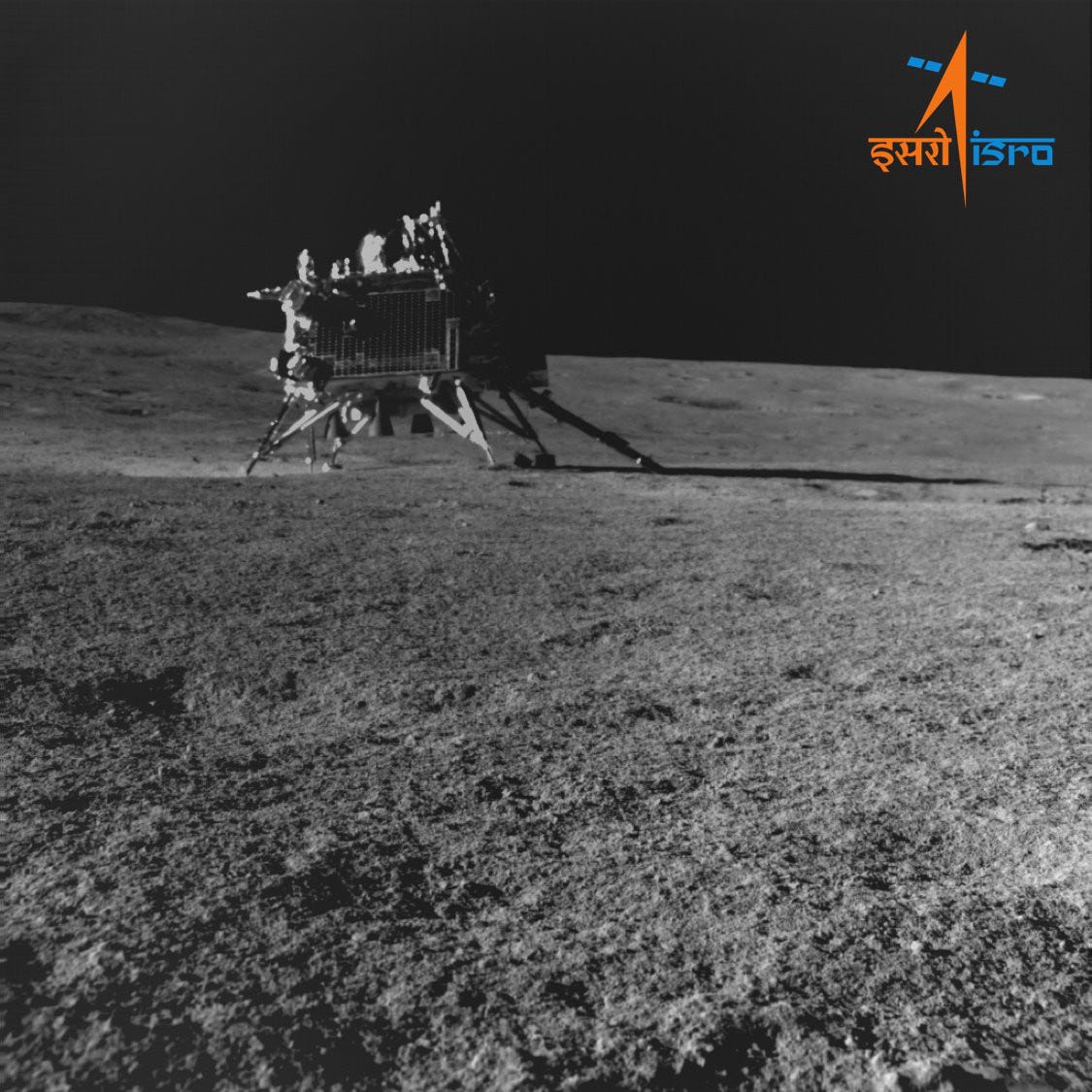Look at the Moon
We are beginning an infinite journey to awesome places of power beyond the stars.
Greetings to all readers and subscribers, and special greetings to the paid subscribers!
Please scroll down for the main topic of this newsletter. But first:
Please join the Turing Church community on X!
The Turing Church community explores the intersections of science and religion, spirituality and technology, engineering and science fiction, mind and matter. Hacking religion, enlightening science, awakening technology. Spaceflight and Spaceship Earth. Philosophy, religion, and culture to re-enchant our world, give us radical optimism, and guide us toward the stars.
Rules: This is no safe space. But be nice to everyone or I’ll kick you out.
I have ignored X communities for a while because I didn’t see much traction, but of course if everyone always waits for traction then nothing ever gets traction. So I’ll try my best to make the Turing Church community on X come alive. Please join!
One of the things I have in mind is a periodic X Space (live audio conversation) for the Turing Church community on X.
I don’t have much to add to the great post “India ascends to the Moon. The Chandrayaan 3 robotic mission to the south pole of the Moon makes history” by Nupur Munshi, but I want to say that I’ll be looking at the Moon in the black night sky and thinking about our cosmic futures in space.

In patricular, I’ll be looking at the southern polar region of the Moon, near the bottom edge between light and dark in the image above. This is where the action is going to be in the next few years.

Jatan Metha, whose Substack newsletter is one of the best reads for all things Moon, clarifies that the Chandrayaan 3 landing site is close to the south pole but not really in the southern polar region: “Conditions unique to polar areas, especially when talking about the relatively large water ice deposits, such as permanently shadowed regions and adjacent maximally sunlit topographic highs are only prominent from 80° latitude onward, not around 70° where Chandrayaan 3 landed.”
However, “Chandrayaan 3 is closer to the Moon’s south pole than any mission thus far.” It is our first scout to explore the lunar region where our first permanently crewed outpost on the Moon will likely be built. In the meantime, other missions will explore the southern polar region, and Artemis 3 is expected to land the first astronatus there in only a few years. If, that is, China doesn’t get astronauts there faster than NASA.
The Pragyan rover “is now safely parked and set into Sleep mode,” the Indian Space Research Organisation (ISRO) posted on X. “The solar panel is oriented to receive the light at the next sunrise expected on September 22, 2023. The receiver is kept on. Hoping for a successful awakening for another set of assignments!”
“Else, it will forever stay there as India's lunar ambassador.”

The Pragyan rover will stay near the lunar south pole as our first ambassador, not only of India but of the whole humanity, with the Vikram lander (in the picture above taken from Pragyan).
This is a shrine. I’ll be looking at the southern polar region of the Moon, whenever I can see it, like I look at a majestic shrine, or cathedral, or mosque. To me, our first steps toward space expansion express the highest form of spirituality.
Look at the Moon. Imagine the shrine that we have placed near the lunar south pole, and contemplate the infinite journey that we are beginning toward awesome places of power beyond the stars. The settlement of the Moon is where it all begins. Then Mars and the planets and moons of our solar system. Then the stars. Then we and our mind children will become cosmic engineers and do wonderful things to realize the promises of the world’s religions.

